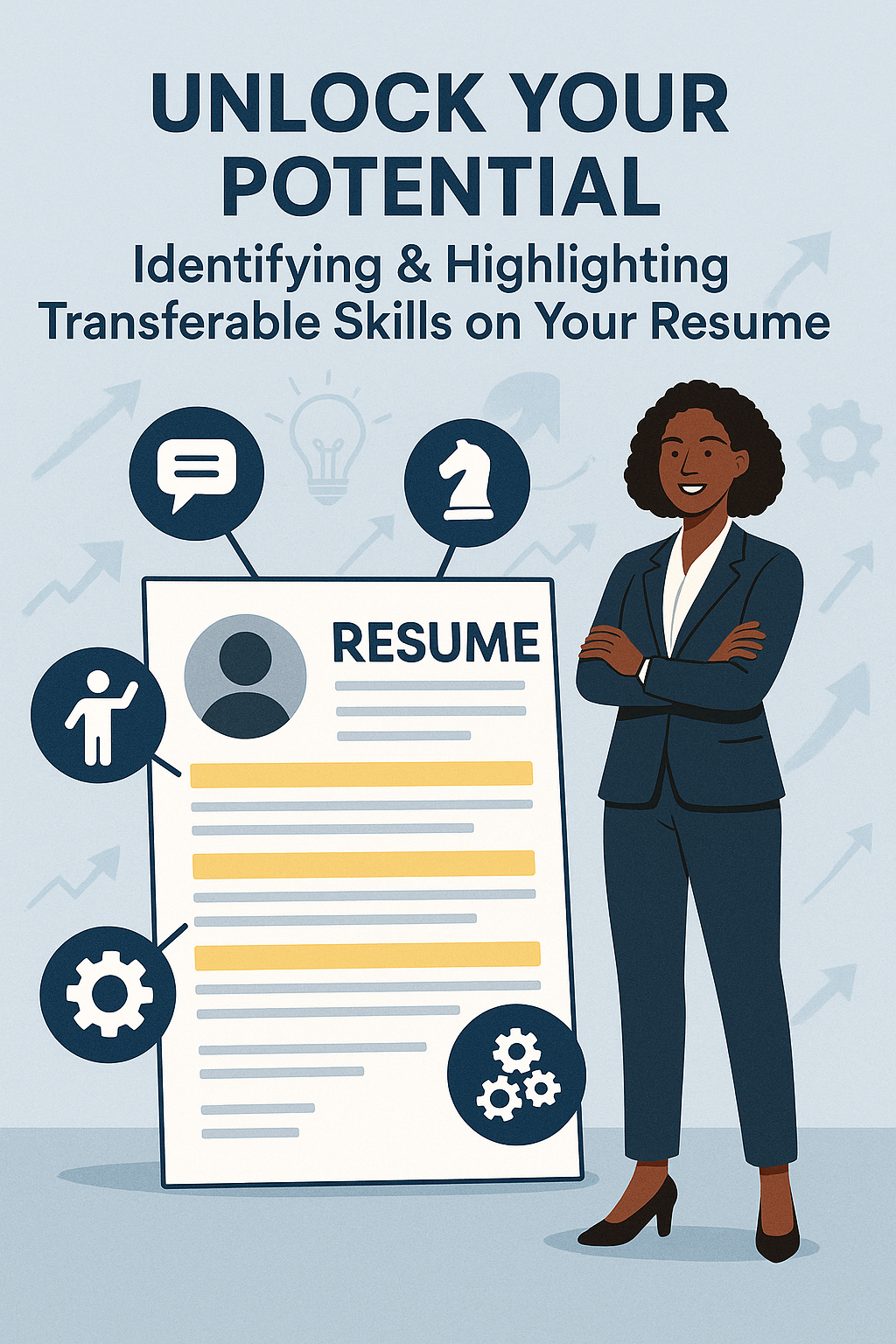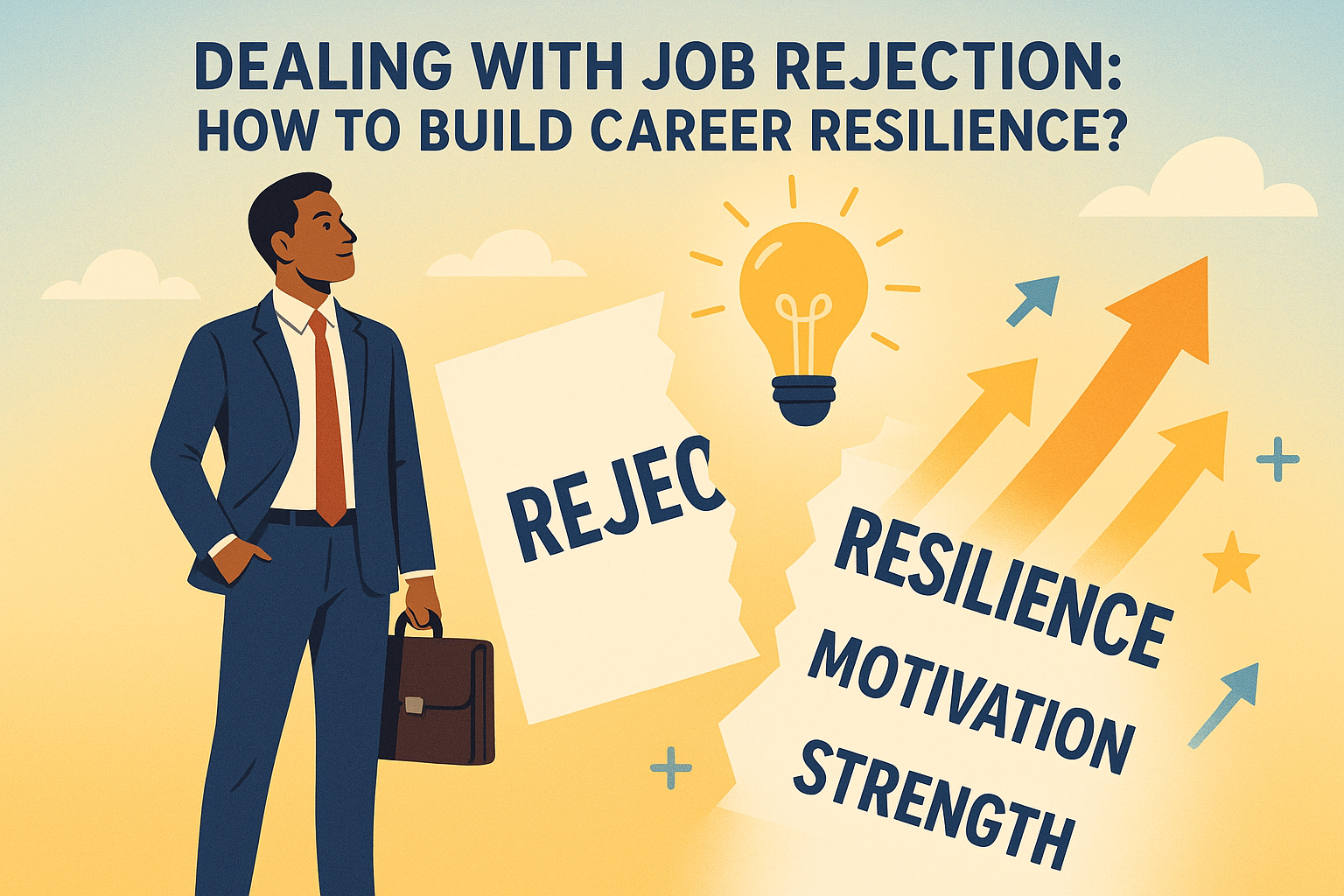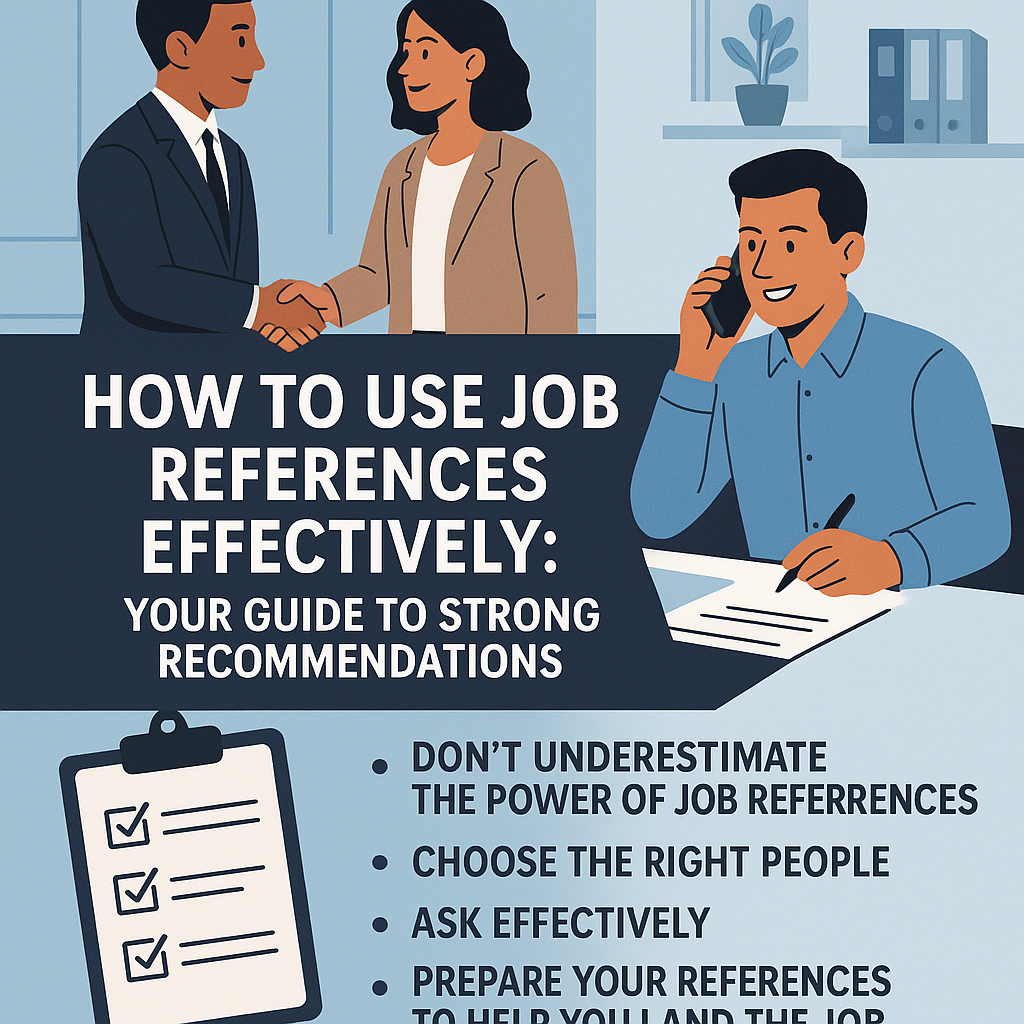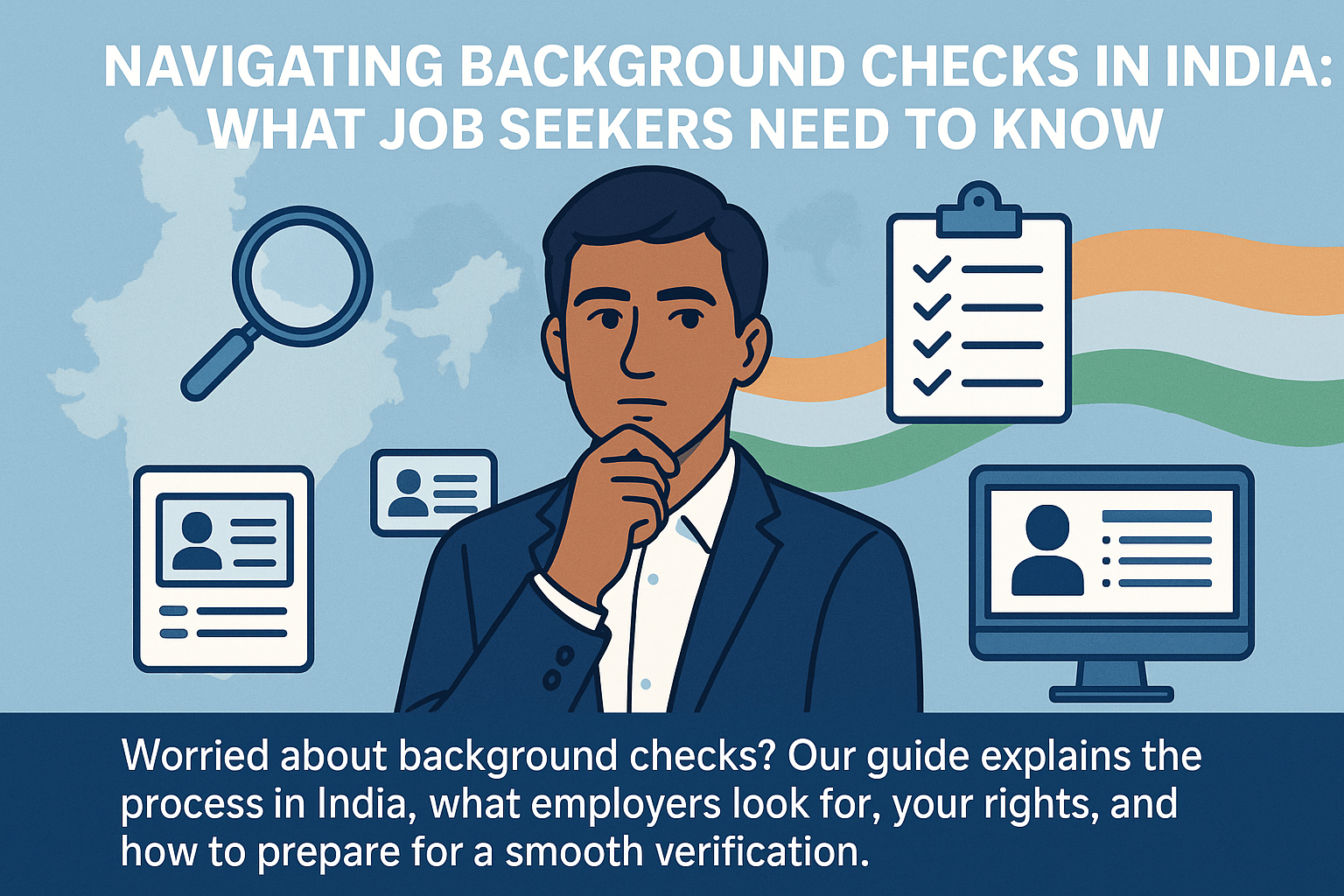
Unlock Your Potential: Identifying and Highlighting Transferable Skills on Your Resume
In the dynamic landscape of the modern job market, the concept of a linear, lifelong career in a single field is rapidly fading. Professionals today are more likely than ever to switch industries, pivot roles, or navigate periods of transition. This shift, coupled with the rise of skills-based hiring, means that your ability to identify and articulate your transferable skills has become one of the most critical factors for career success.
What exactly are transferable skills? They are the competencies and abilities you've acquired through any life experience—previous jobs, academic projects, volunteer work, even hobbies—that can be applied across different roles and industries. Unlike job-specific technical skills (like proficiency in a particular coding language), transferable skills are broader and more foundational. Think of communication, problem-solving, leadership, teamwork, adaptability, and project management. These are the universal building blocks of professional competence.
For many job seekers, especially those looking to make a career change or those whose formal qualifications don't perfectly align with a job description, recognizing and effectively showcasing these skills is the key to unlocking new opportunities. Recruiters are increasingly looking beyond job titles and focusing on the underlying abilities a candidate brings. They understand that someone with strong problem-solving skills learned in a customer service role can potentially become a great project coordinator, even without direct project management experience.
The challenge lies in first recognizing these skills within your own experience and then strategically highlighting them on your resume in a way that resonates with recruiters and passes through Applicant Tracking Systems (ATS). This guide will provide you with a practical framework to identify your hidden arsenal of transferable skills and weave them compellingly into your resume, turning your diverse experiences into your greatest career asset.
Step 1: Become a Skills Detective – Uncovering Your Transferable Toolkit
The first step is often the hardest: introspection. Many people underestimate the value of the skills they use every day, especially those gained outside of a formal work setting. You need to become a detective, examining your past experiences through a skills-focused lens.
Analyze Your Past Roles (Beyond the Job Description)
Go through each of your previous jobs, internships, and significant volunteer roles. For each one, ask yourself: * What problems did I solve? (This reveals problem-solving, analytical skills, creativity). * Did I work with others on projects? (This reveals teamwork, collaboration, communication). * Did I ever have to explain something complex? (This reveals communication, presentation skills, teaching ability). * Did I manage a budget or resources? (This reveals financial acumen, organizational skills). * Did I handle difficult customers or conflicts? (This reveals conflict resolution, customer service, emotional intelligence). * Did I have to learn a new software or process quickly? (This reveals adaptability, learning agility). * Did I ever lead a project or a small team, even informally? (This reveals leadership, delegation, motivation).
Write down every skill you identify, even if it seems minor. You'll be surprised at how quickly the list grows.
Don't Discount Non-Work Experience
Transferable skills can be gained anywhere. Did you organize a large family event? That’s event planning and logistics. Do you manage your household finances meticulously? That’s budgeting. Did you learn a new language for travel? That shows dedication and learning ability. While you might not list these directly on your resume, the skills derived from them are valid and valuable.
Step 2: Translate Your Skills into the Language of Your Target Role
Once you have your master list of transferable skills, the next step is crucial: you need to translate them into the language that resonates with the specific job or industry you are targeting. This requires dissecting the job description of your desired role.
Identify the key skills and competencies mentioned in the job posting. Look for both hard and soft skills. Now, map your own list of transferable skills to the requirements of the job. Where is the overlap?
For example, if you are moving from a retail management role to an office-based project coordinator role, you would translate: * "Managed store inventory and stock levels" into "Inventory Management and Logistical Planning." * "Handled customer complaints and resolved issues" into "Problem-Solving, Conflict Resolution, and Client Relationship Management." * "Trained new team members on store procedures" into "Training & Development and Team Leadership."
This translation process is key to making your resume relevant and demonstrating that, while your background might be different, your underlying capabilities are a perfect match.
Step 3: Weave Transferable Skills Throughout Your Resume
Now it's time to strategically integrate these translated skills into your resume. They should appear in multiple sections for maximum impact.
The Professional Summary: Your Opening Pitch
Your summary at the top of the resume is the perfect place to immediately highlight your most relevant transferable skills, especially if you're making a career change. Frame your experience around these competencies.
Example (Career Changer from Hospitality to HR):
"Highly motivated and results-oriented professional with 5+ years of experience in customer-facing roles within the hospitality industry, seeking to leverage proven strengths in employee relations, training & development, and conflict resolution in an entry-level Human Resources position. Adept at fostering positive team environments and implementing efficient operational processes."
The Skills Section: A Clear Snapshot
Create a dedicated "Skills" section that is clearly categorized. Include a mix of hard skills and transferable soft skills that are relevant to the target job.
Example:
Skills * Project Coordination: Process Improvement, Scheduling, Resource Allocation, Vendor Communication * Communication: Client Relationship Management, Team Collaboration, Report Writing, Presentation Skills * Technical Proficiencies: Microsoft Office Suite (Advanced Excel), Google Workspace, Asana
The Work Experience Section: Proof Through Achievement
This is where you prove your transferable skills using achievement-oriented bullet points. Don't just list the skill; show how you used it to achieve a result.
Example (Highlighting Project Management from a Non-PM Role):
- Spearheaded the rollout of a new customer feedback system across 5 departments, coordinating timelines, training materials, and stakeholder communication to ensure a seamless launch (Project Coordination, Communication).
- Analyzed customer service data to identify key pain points and presented findings to senior management, leading to a 15% reduction in complaint resolution time (Data Analysis, Problem-Solving).
Using a tool like the JobPe Resume Builder can help you structure these sections effectively and find powerful action verbs. Remember to also run your resume through an ATS Check to ensure the system can parse your skills correctly.
Step 4: Validate Your Skills (Beyond the Resume)
In a skills-based hiring world, simply listing your skills might not be enough. You need to provide proof. * Portfolio/Projects: As mentioned before, a portfolio showcasing projects where you applied these skills is invaluable. * Certifications: Completing relevant online courses or certifications can formally validate your skills, especially if you lack direct experience. Platforms like Allrounder.ai offer numerous options. * LinkedIn Recommendations: Ask former colleagues or managers to write specific LinkedIn recommendations that highlight your key transferable skills in action.
Step 5: Articulate Your Skills Confidently in the Interview
Your resume gets you the interview; your ability to articulate your transferable skills gets you the job. Be prepared to answer behavioral questions using the STAR method, focusing your stories on how you successfully applied the key transferable skills required for the role, even if it was in a different context. Practice explaining how your experience in Industry A makes you a strong candidate for Industry B by focusing on the underlying competencies. Resources like interview questions databases can help you prepare.
Conclusion: Your Experience is Broader Than Your Job Title
Stop letting your job title define your potential. Your career is a collection of experiences, and each experience has equipped you with a unique and valuable set of transferable skills. By learning to identify these skills, translate them effectively, and showcase them strategically on your resume and in interviews, you unlock a world of new possibilities.
In the future of work, adaptability and a diverse skill set are your greatest assets. Embrace your non-linear path, own your diverse experiences, and confidently communicate the breadth of your capabilities. Your transferable skills are the key to building a resilient, adaptable, and ultimately more fulfilling career. To find roles where your unique blend of skills will be valued, set up targeted job alerts today.
For more tools and resources to help you identify and showcase your unique value, https://jobpe.com.

Creative Content Writer






